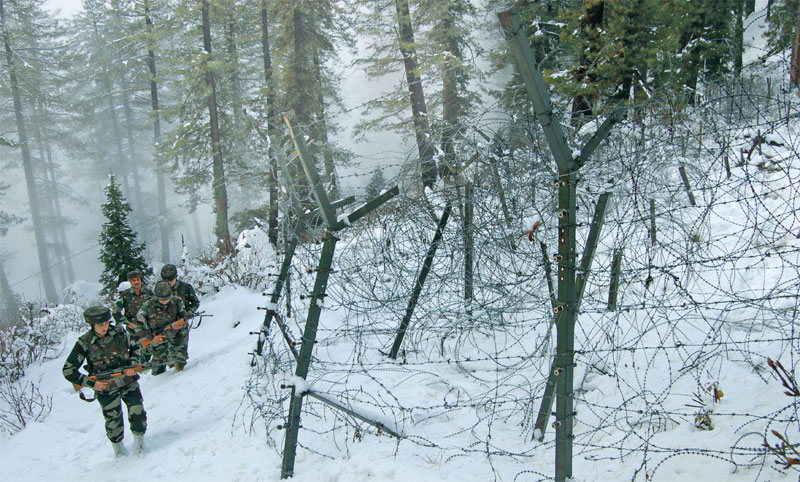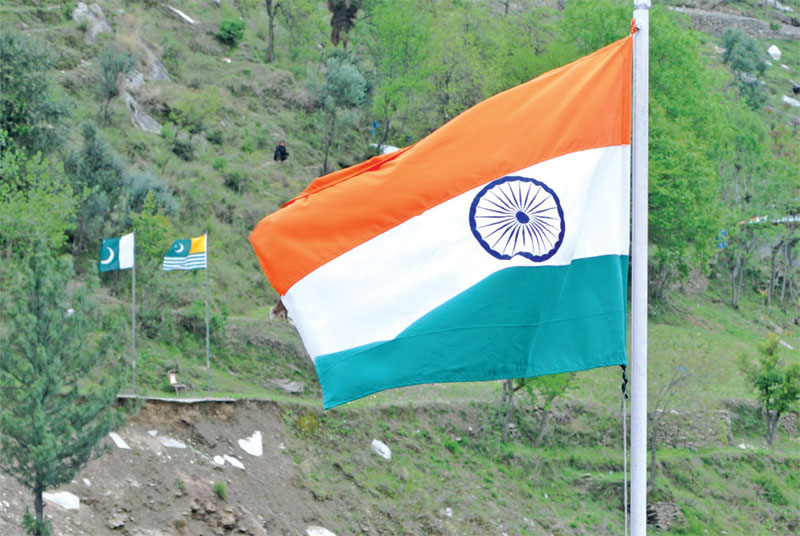With LAC becoming more complex, India must resolve the LC
Pravin Sawhney
Two events, since April 2020 when the PLA in a lightening move occupied nearly 1,000sqkm of Indian territory, have made the LAC extremely complex: Prime Minister’s statement of 19 June 2020 that no one was in occupation of Indian territory; and the 10 September 2020 joint statement signed by Indian and Chinese foreign ministers.

Prime Minister Modi’s astonishing declaration, which took the nation by surprise, signalled to China that India had accepted its 7 November 1959 Line of Actual Control (the LAC which Indian Army had been policing since 1993 was rendered obsolete). Modi’s unprecedented appeasement of the dragon was the consequence of the 15 June 2020 Galwan clash where Indian Army lost 20 soldiers and 10 were taken prisoners of war without a shot being fired by either side. Since Galwan was not an agreed ‘disputed area’, it was assessed in Delhi that an escalation might go horribly wrong with Pakistan too jumping in the fray.
India’s weak-kneed reaction had a fall-out on its foreign policy. Since the Indian Prime Minister had given clean chit to the PLA overlooking its aggression, the US does not mention Indo-China crisis in the list of disputes democracies have with China. These include the South China Sea, East China Sea, Taiwan, tech war (splintering of the internet), trade war (decoupling of global supply chains), human rights violations, Hong Kong, and Xinjiang.
The 10 September 2020 joint statement signed between India and China on the side-lines of the Shanghai Cooperation Organisation in Moscow was a natural outcome of Modi’s ill-advised announcement. Heavily skewed in China’s favour, it mentioned mutual disengagement on the LAC only, without de-escalation and de-induction of forces. This meant that the Chinese troops would continue to live and do realistic combat exercises in Western Theatre Command formed by PLA’s 2015 military reforms. The WTC, created for war with India, is PLA’s permanent habitat and operational area to launch war without any warning period.
Moreover, the statement did not mention return of forces (the PLA) to April 2020 positions which the Modi government still insists would happen by patient diplomacy. Since Modi had unequivocally accepted China’s 1959 LAC, this was a natural outcome. However, to avoid the use of acronym LAC in the statement to help India, China benefited in this concession too. It was mutually agreed that the term ‘border areas’ would henceforth be used to denote the disputed border. How this area would be defined, delineated, and demarcated could take decades since the first step for this would be new confidence building measures for peace and stability. Thus, with the border dispute under mutual consideration, the two sides could concentrate on overall relations including enhanced trade and cooperation that China wants.
The implementation of the agreement would have started but for the brave tactical action by the Indian Army on the Kailash range in south Pangong Tso. On the night of 29-30 August 2020, the army in a stealthy and daring night action occupied the range (well within India’s 1993 LAC) which overlooked PLA’s Moldo garrison. This annoyed China which demanded that it be vacated. Dismissing the national mood which wanted that it be held as a bargaining chip for status quo ante negotiations with China, the Modi government, once again, succumbed to Chinese military pressure. In February 2021, both sides disengaged in Pangong Tso; the PLA from north, and the Indian Army from the range in the south. The PLA was still on its side, while Indian Army lost the tactical advantage in the area. In order to diffuse the impact of this news, V.K. Singh, a former army chief and minister in Modi government made a sensational disclosure in Chennai in February 2021. According to him, the Indian Army had, over the years, done 10 times more transgressions than the PLA on the LAC.
If rumours are to be believed, the Galwan encounter and the Kailash action which the army undertook to avenge the former, cost the army chief, Gen. M.M. Naravane the elevation to the post of Chief of Defence Staff which had been lying vacant since the demise of the incumbent, Gen. Bipin Rawat, in December 2021. It is said that the Prime Minister’s office was not in the loop on both occasions.

Coming back on the LAC, under the present circumstances, it is unresolvable. It will hang like the sword of Damocles on India’s head. On the one hand, the Indian Army will be unable to reduce its forces substantially from the LAC fearing PLA’s intrusions of the April 2020 kind. India would need to allocate additional finances for permanent habitat for soldiers on the LAC where altitude ranges from 10,000 to 18,000 feet. On the other hand, unlike the PLA, the Indian Army will not be able to do realistic combat exercises since it has limited war withal. Worse, the Indian military leadership is unaware of PLA’s Informatised and Intelligentised war that it is preparing for against India.
The way out to release PLA pressure on the LAC is to focus on the Line of Control (LC) with Pakistan. If India were to make peace with Pakistan by resolving the Kashmir issue in cumulative steps, possibility of trade and connectivity between the warring nations might start. This is what China wants, and this is doable. Two serving senior generals of the Pakistan Army told me on the side lines of the Islamabad Security Dialogue held on April 1 and 2, where I want invited to give a talk, that Pakistan was willing to consider the four points Musharraf formula. It is certain that the new civilian government in Pakistan would not oppose its army stance on Kashmir and relations with India. In the following article, I will discuss the formula and why it will benefit India.

